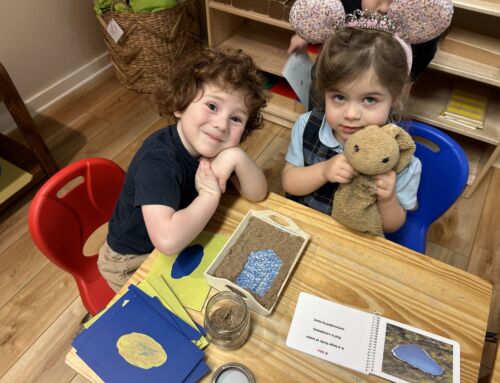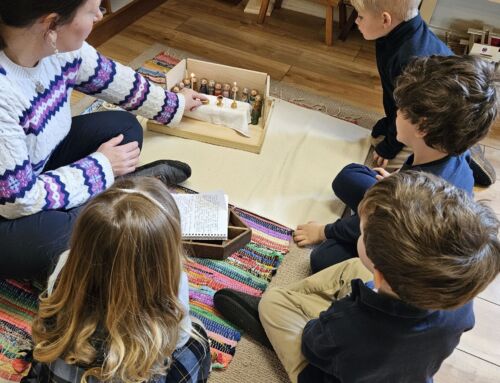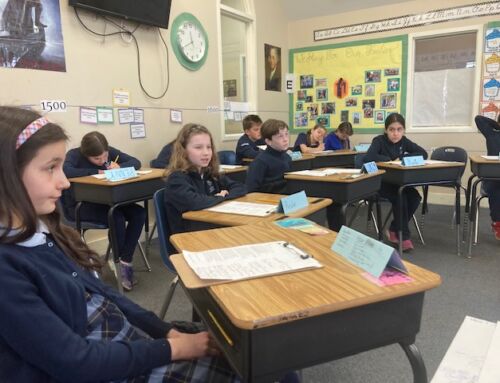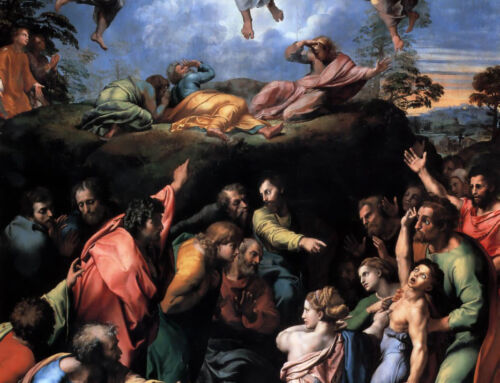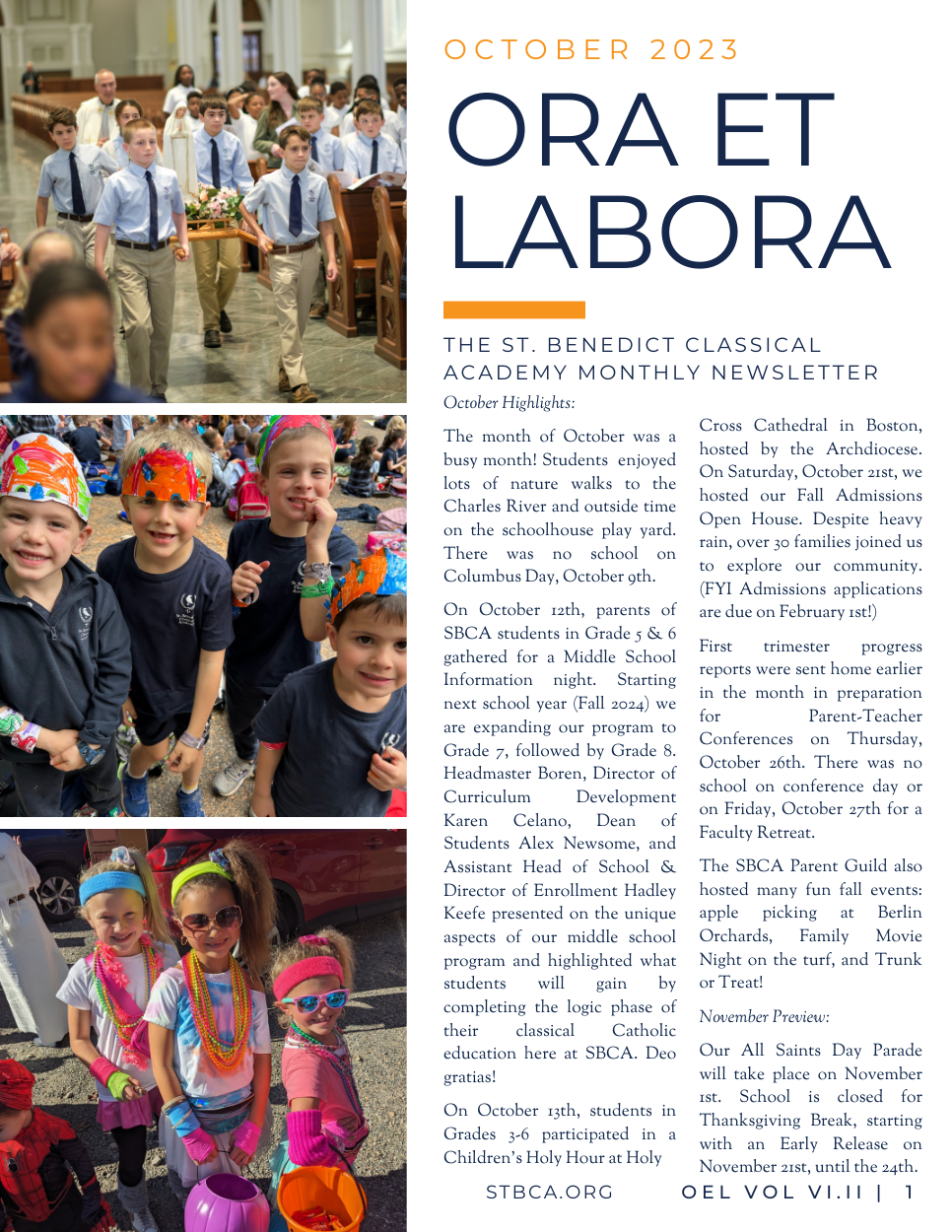Many of my students have told me that history is their favorite subject at school. First graders at St. Benedict Classical Academy are introduced to the study of history by following a timeline spanning from Creation to the present day. Each week students get a brief glimpse into a particular time and place through the eyes of individuals or groups of people. Through storytelling, children imagine the wonder of early hunter-gatherers as they painted by flickering torch light deep in the earth. They discover the importance of literacy in civilization as we observe the development of several writing systems from hieroglyphics to the phoenician, greek, roman, and cyrillic alphabets. We witness the faith and courage of biblical heroes such as Abraham, David, and Ruth. Each week, we begin history class with a sense of excited anticipation to hear who we will hear about next.
One of my favorite history lessons is from the early medieval period. After meeting famous figures like Nefertiti, Archimedes, and Charles Martel, the children are surprised to hear that one pair of eyes through which we view history are those of a cat! This particular cat lived in a monastery some time around the eighth century. His owner was one of the monks who did the work of copying and translating the words of scripture and other important texts. On a page of one of these surviving manuscripts, historians discovered something scribbled along the margin. This monk must have been distracted while he was working because he wrote a poem about his cat! He imagined that he caught the words he needed for his translation just like his cat caught mice. We don’t know the monk’s name but we know that he called his cat Pangur Bán.
There are several ways I try to bring Pangur Bán’s world to life for the children. We read enchanting stories about monastic life such as The Ink Garden of Brother Theophane by C. M. Millen and Brother Hugo and the Bear by Katy Beebe. For a brief time our classroom becomes a scriptorium. The children copy the words of the Angelus in Latin and then “illuminate” the pages while listening to Gregorian chant. The children memorize selections of a translation of the poem about Pangur Bán. It’s a joy to see them reveling in passages such as
‘Gainst the wall he sets his eye, Full and fierce and sharp and sly!
Though the significance of great figures from the past such as kings, presidents, and saints are at the center of our history study, I love taking the opportunity of recognizing an unsung hero such as this nameless monk. His life and experiences may be entirely removed from our own, and yet his heart is revealed when we see the simple delight he takes in his cat. He may seldom have gone beyond the walls of his monastery, but his work helped spread the Word of Christ throughout the world. He is one of countless men and women who, in a small way, changed the world for good by simply performing their given duties well, with joy, and with purpose.
I and Pangur Bán my cat,
The Scholar and His Cat, Pangur Bán (First and last stanzas)
‘Tis a like task we are at:
Hunting mice is his delight,
Hunting words I sit all night….
Practice every day has made
Pangur perfect in his trade;
I get wisdom day and night
Turning darkness into light.
AUTHOR: Julia Hieronymus, First Grade Teacher

